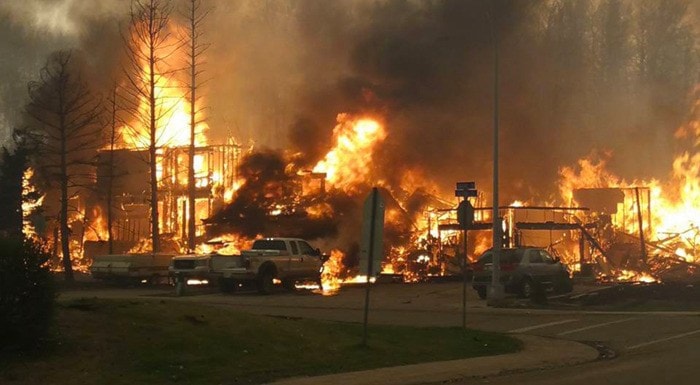In high school when I studied The Titanic my English teacher taught us $10 words like “hubris.” In that case hubris was the excessive self-confidence that a huge, modern ocean liner was unsinkable, even in the face of a large iceberg.
I also learned how the tip of the iceberg is deceivingly small, as my teacher drew caricatures of the iceberg from The Titanic story with a huge, dangerous underbelly that was the undoing of the Titanic.
As we look back on that era more than a century ago, it is easy to make fun of the ignorance of those promoting the Titanic as unsinkable. What were they thinking?
Yet, at any point in human history, hubris lurks like the shadowy underwater base of an iceberg: the belief that our human technology can deliver whatever is needed to save us.
Great civilizations have risen, trusting in the technology of the time, only to fall. Our highly technological society boasts of advancements in smart nutrition, smart medicine, smart cars, smart phones and smart community planning — any hubris in these?
Although we might be much better at tracking ice bergs in ocean-going vessels these days, there are still circumstances where the forces of nature defy our technology.
The Fort McMurray wildfire that lead to the largest evacuation in Alberta’s history this May was a humbling exhibition of nature’s powers. With high temperatures, high winds and low humidity, the wildfire quickly jumped erstwhile fire barriers and devastated a community of 80,000 people.
The images of smoldering neighborhoods where most structures were swallowed by flame are deeply haunting. A few short days earlier these were the places where children played and residents went about life as usual.
Rex Murphy’s recent commentary on The National contended that although Fort McMurray has been criticized as a typical self-absorbed oil town, out of the disastrous fire a much bigger-hearted community image has been forged. Fort residents and members of nearby communities have demonstrated over and over what being a good neighbor should look like.
In turn, we all should think about opening our hearts to the needs of Fort McMurray, Murphy argues, and already we see an outpouring of generosity from across Canada.
Out of this situation, we will learn important lessons to help improve our technology for predicting and fighting wildfires. Still the lessons we are learning about the human heart, even in the face of seemingly impervious forces of nature, are far more important.
Modern technology is good, but the human heart truly is a force to be reckoned with.
David Clements, Ph.D. is Professor of Biology and Environmental Studies at Trinity Western University
